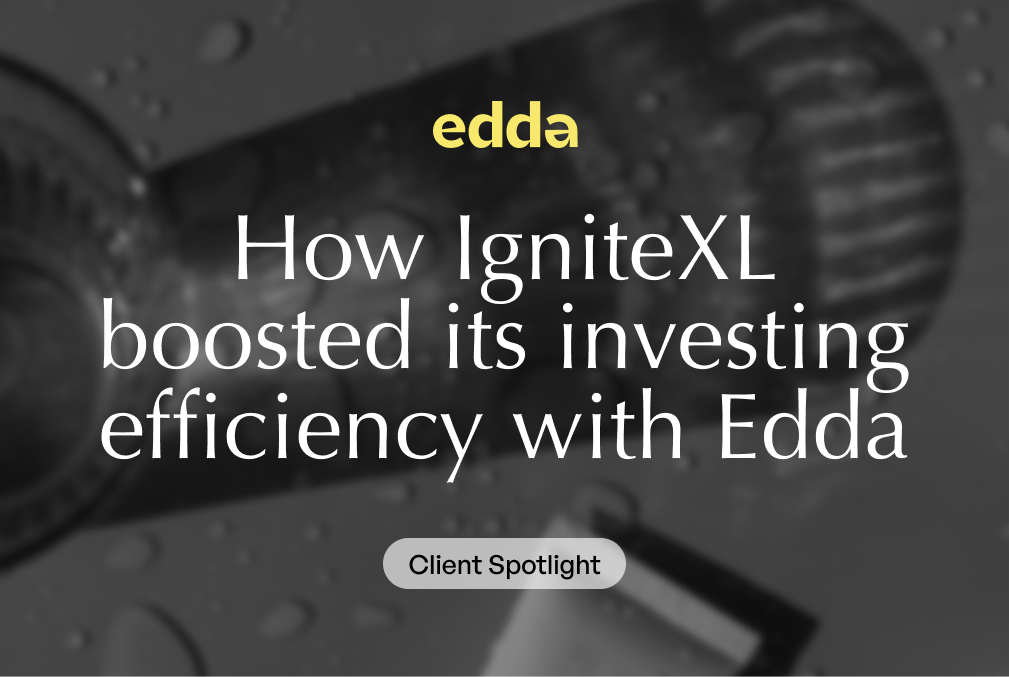Investment professionals often find themselves navigating a complex web of options in asset allocation, each with its own set of risks and potential returns. In this challenging environment, Arbitrage Pricing Theory (APT) stands out as an invaluable analytical tool that significantly aids in the identification of mispriced assets.
Originally developed by economist Stephen Ross in 1976, APT provides a more comprehensive evaluation than many traditional models. It allows for the examination of a wide range of economic and financial indicators, offering a refined lens through which to view an asset’s true market value.
In this article, we’ll explore how applying APT can help investment professionals make more nuanced and informed decisions, especially in markets where multiple forces interact to influence asset prices.
In addition, discover how our cutting-edge business venture software software offers an integrated solution for venture capital (VC) professionals, addressing vital areas such as asset allocation, deal sourcing, and client relationship management.
Decoding Arbitrage Pricing Theory
APT distinguishes itself from traditional asset evaluation models, most notably the Capital Asset Pricing Model (CAPM), by incorporating a more comprehensive set of variables into its analytical framework. Where CAPM confines itself to assessing an asset’s risk and expected return based on market volatility alone, APT adopts a broader purview, analyzing multiple risk factors concurrently to provide a nuanced understanding of an asset’s valuation.
APT employs a multifactor model, capturing different dimensions of risk and return by scrutinizing a series of economic and financial indicators. These indicators can encompass inflation rates, interest rates, GDP growth, currency fluctuations, and market-wide volatility, among others. By synthesizing the information from these disparate metrics, APT offers a complex but precise evaluation of whether an asset is correctly priced, providing deeper insights than models that rely solely on market risk.
The real strength of APT lies in its flexibility and adaptability. Unlike CAPM, which relies on a set equation to deliver an expected rate of return, APT allows for the introduction of various risk factors tailored to the asset or sector under consideration. This enables more specialized and context-sensitive analyses, enhancing the robustness of the evaluation.
Real-world Utilization of APT
For instance, an asset tied closely to the energy sector could be influenced by variables such as oil prices or regulations, which may not be directly reflected in market volatility. APT accommodates these specialized risk factors, making it possible to conduct a more thoroughgoing evaluation of the asset’s fair market value.
Assets found to be priced below the value indicated by the multifactor model are considered undervalued, presenting potential investment opportunities. Conversely, assets priced above this value may be seen as overvalued, signaling caution for prospective investors.
By examining an array of risk factors simultaneously, investors can gain deeper insights into the market conditions that are influencing asset prices. This multifaceted evaluation aids venture capital professionals in making astute investment decisions that reflect not only an asset’s market risk but also its exposure to various economic forces.
In periods of economic downturns or high inflation, APT allows for a nuanced analysis of how such macroeconomic factors might impact the risk and return profile of venture capital investments. The result is a more sophisticated approach to deal sourcing and portfolio construction, which can improve overall investment performance.
As another example, suppose a venture capital firm is considering an investment in a start-up operating in the fintech space. By deploying APT, the firm can scrutinize the start-up’s sensitivity to various factors such as interest rate fluctuations, market volatility, and changes in consumer spending. The APT model would help to pinpoint whether the asset is overvalued or undervalued relative to these factors, thus informing the firm’s investment strategy.
Implementing Arbitrage Pricing Theory
The practical application of Arbitrage Pricing Theory (APT) requires a mathematical model to estimate expected asset returns. APT traditionally employs a linear regression model to accomplish this, structured as follows:
Expected Return = Risk-free rate + Factor1*(Sensitivity to Factor1) + Factor2*(Sensitivity to Factor2) + … + FactorN*(Sensitivity to FactorN)
In this equation, the “Risk-free rate” serves as the foundational rate of return, generally based on a secure financial instrument such as a government bond. The subsequent terms are products of specific factors and their corresponding sensitivities. Each “Factor” represents a variable, such as inflation rate, interest rate, or market volatility, while “Sensitivity to Factor” indicates the asset’s responsiveness to changes in that particular variable.
To implement APT effectively, one must first identify the factors that are most pertinent to the asset or portfolio in question. This can be accomplished through qualitative analysis, sector research, or historical data evaluation. Once these factors have been isolated, statistical methods such as multiple linear regression can be employed to determine the asset’s sensitivity to each of these factors. These sensitivities, often quantified as beta coefficients, will populate the equation, thus facilitating the calculation of the expected asset return.
After establishing the model with the relevant factors and sensitivities, it’s crucial to run iterative tests to ensure the model’s reliability and accuracy. This involves comparing the expected returns generated by the model with actual historical returns. A high degree of correlation between the two would validate the model’s utility, while substantial deviations would signal the need for model refinement, possibly through the reassessment of selected factors or their respective weightings.
An interesting nuance of implementing APT is that the model allows for as many factors as deemed necessary by the analyst or portfolio manager. However, adding too many factors can lead to overfitting, where the model becomes too tailored to past data and loses its predictive power for future returns.
Limits of APT in Investment Analysis
While Arbitrage Pricing Theory (APT) presents a robust tool for understanding asset pricing through a multifactor approach, it also comes with inherent challenges that require attention. The model’s need for extensive data collection across various risk factors can be labor-intensive and financially demanding. Additionally, the choice of these risk factors can be open to interpretation, which in turn impacts the predictive accuracy of the model.
This complexity is a double-edged sword: on one hand, it allows for a detailed view of market behavior, but on the other, it increases the model’s sensitivity to the chosen factors and their respective weightings. Errors in either selection or weighting can distort the model’s outputs, possibly leading to unreliable investment advice.
Given these considerations, effective use of APT necessitates a meticulous approach in selecting and weighting relevant risk variables tailored to the specific asset or market segment in focus. When used thoughtfully and in conjunction with other financial models, APT can contribute valuable insights into asset pricing, thereby enhancing the caliber of investment strategies.
Edda’s VC Portfolio Management Software
Edda’s venture capital portfolio management software serves as an all-encompassing platform that deftly incorporates APT into its suite of analytical tools. By aggregating real-time market and economic data, the software enables investors to perform sophisticated analyses for deal evaluation and portfolio management.
The deal sourcing platform employs algorithms grounded in APT to assess the multiple risk factors associated with each prospective investment. This methodical approach accelerates the dealflow process, ensuring only the most promising ventures are considered. Furthermore, Edda’s software includes an advanced dealflow CRM system tailored for venture capital, enhancing operational efficiency by consolidating multiple functionalities under one umbrella.
The software integrates APT’s theoretical foundations with actionable investment tactics, providing a holistic resource for venture capital firms. Its real-time data analytics and diverse features make it an invaluable asset for those aiming for meticulous portfolio management and precise investment decision-making.









